
OR
Opinion
America’s Interest in Ending the Ukraine Crisis
Published On: March 24, 2023 08:30 AM NPT By: Brahma Chellaney
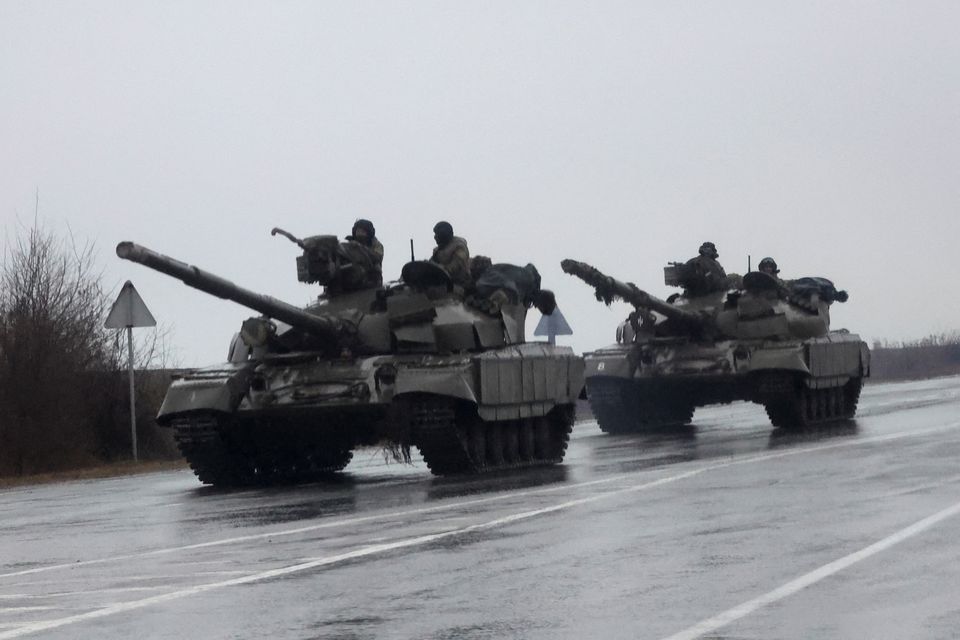
After more than a year of fighting, it is clear that neither side in the Russia-Ukraine war can win on the battlefield. A negotiated ceasefire is the only way out of the current military deadlock, and it must happen before Russia and China cement a strategic axis that weakens the West and leaves Taiwan more vulnerable than ever.
The recent face-to-face meeting in New Delhi between US Secretary of State Antony Blinken and Russian Foreign Minister Sergey Lavrov – the first such high-level interaction since the start of Russia’s full-scale invasion of Ukraine – suggests that diplomacy may no longer be a dirty word.
The ten-minute meeting on the sidelines of the G20 gathering occurred after US National Security Adviser Jake Sullivan reportedly urged Ukraine to show Russia that it is open to negotiating an end to the war. Together, these recent developments offer a glimmer of hope that a ceasefire is within the realm of the possible.
The war in Ukraine, which has shaken the foundations of the international order, is in many ways a proxy war between the world’s two major powers, with Russia backed by China and Ukraine backed by the United States. Over the past year, the war has triggered global energy and food crises, spurred higher inflation amid slowing global growth, and heightened the risks – underscored by Russia’s recent downing of a US drone over the Black Sea – of a direct Russia-NATO conflict.
And yet, after more than a year of fighting, it is clear that the conflict has settled into a war of attrition, with both sides struggling to make significant advances on the battlefield. A ceasefire is the only way out of this military deadlock, but reaching an agreement could take a long time. The 1950-53 Korean War, for example, was deadlocked for two years before an armistice agreement was reached.
Russian President Vladimir Putin clearly believes that a prolonged war of attrition works in his favor, enabling his army to wreak havoc on Ukraine and testing Western resolve. To overwhelm Ukrainian air defenses, Russia is launching more missiles simultaneously, including its Kinzhal hypersonic weapons, which are all but impossible to shoot down. Despite the flood of Western weapons systems it has received, Ukraine is in no position to thwart Russia’s intensifying aerial assaults.
But it is also becoming increasingly clear that Russia cannot achieve its strategic objective in Ukraine. It may have occupied nearly one-fifth of the country’s territory but it has created a more hostile neighbor and reinvigorated NATO, which is now poised to admit Finland and most likely Sweden. Moreover, many of the unprecedented sanctions the West has imposed on Russia will likely endure beyond the war and inflict long-lasting damage on the Russian economy.
At the same time, US President Joe Biden’s “hybrid war” strategy, which seeks to cripple Russia through soft-power techniques and the weaponization of global finance, has failed to bring about Putin’s downfall or turn the ruble into “rubble,” as Biden vowed in the early stages of the war. The US-led sanctions regime has severely limited Russia’s ability to resupply its forces but has fallen short of halting the Kremlin’s war machine. While the sanctions have dented its earnings from energy exports, Russia has found willing buyers for its oil and natural gas in non-Western markets (albeit at a discount).
Short of a collapse in morale causing Russian soldiers to surrender en masse – which is a possibility, given the history of the Russian army – it is unlikely that Ukraine will be able to force Russia to withdraw fully from the territories it has occupied in the country’s east and south. While the US has committed to upholding Ukraine’s territorial integrity, restoring Ukrainian control over these regions seems like a distant goal at best.
Meanwhile, China is the only country that stands to benefit from a protracted conflict. As a recent report by the Washington, DC-based Free Russia Foundation says, China is already the “biggest winner” from the Western sanctions on Russia. China has become Russia’s banker and most important trade partner, using the war to implement an energy safety net by securing greater Russian oil and gas supplies that could not be disrupted even if China decided to invade Taiwan.
The more the US is dragged into the war in Ukraine, the greater the likelihood that China invades Taiwan and America realizes its worst geopolitical nightmare: a Sino-Russian strategic axis. The US may remain the world’s foremost military power for now, but taking on the combined force of China and Russia would be a herculean task.
The war has already exposed the West’s military shortcomings, such as depletion of supplies of critical munitions, America’s struggle to scale up weapons manufacturing, and the weakening of the US-European consensus on Ukraine. All this could tempt Chinese President Xi Jinping to seek to deplete Western arsenals further before invading Taiwan, by indirectly shipping arms to Russia and forcing the US and other governments to increase weapons supplies to Ukraine. Xi is already aiding Putin’s war to a limited extent by supplying Russia and sanctioned Russian entities with drones, navigation equipment, jamming technology, fighter-jet parts, and semiconductors.
While some in the West believe that a negotiated ceasefire in Ukraine would embolden China to attack Taiwan, Xi does not need Russia to show him that aggression works. China’s own cost-free expansionism, from the South China Sea to the Himalayas, is all the proof he needs.
As a recent RAND report points out, a protracted Ukraine war is not in America’s interest. A prolonged conflict would lead to increased flows of US money and weapons into Ukraine, elevating the risk of a NATO-Russia conflict and hindering the ability of the US to respond to the China challenge. As Biden has already acknowledged, a “negotiated settlement” is the only way to end the war – better to seek it now than after months or years of bloodshed and devastation.
You May Like This
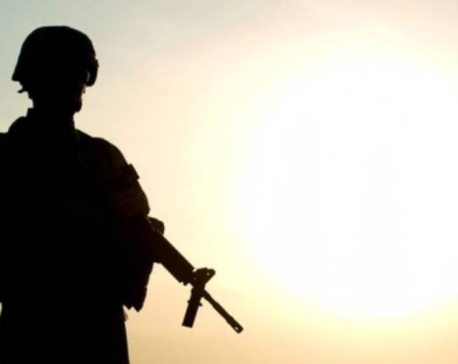
National security: A notion of geopolitical reality
Last week, US President Joe Biden made an unannounced trip to Ukraine and subsequently announced a considerable aid amount to... Read More...
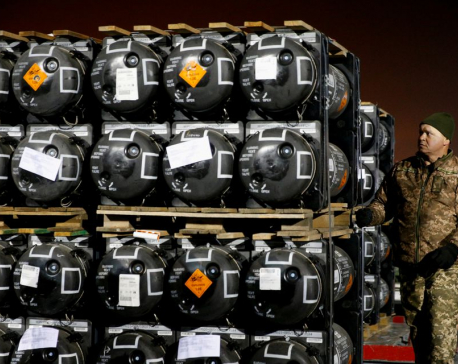
U.S. pledges more military aid to Ukraine, peace seems far off
KYIV, July 23: The United States promised more military support for Ukraine, including drones, and is doing preliminary work on... Read More...
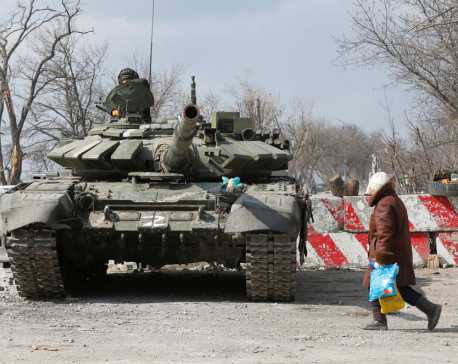
U.S. warns China not to fuel Russia's assault on Ukraine as fears for Mariupol grow
KYIV/LVIV, Ukraine, March 19: Russia said its forces were "tightening the noose" around the besieged Ukrainian port of Mariupol on... Read More...




Just In
- RBB invites applications for CEO, applications to be submitted within 21 days
- Telephone service restored in Bhotkhola after a week
- Chemical fertilizers imported from China being transported to Kathmandu
- Man dies in motorcycle accident in Dhanusha
- Nepal face early setback as four wickets fall in powerplay against UAE
- Australian unemployment rate rises to 3.8 percent in March
- Gold price increases by Rs 700 per tola
- Fire destroys wheat crop in Kanchanpur, Kailali














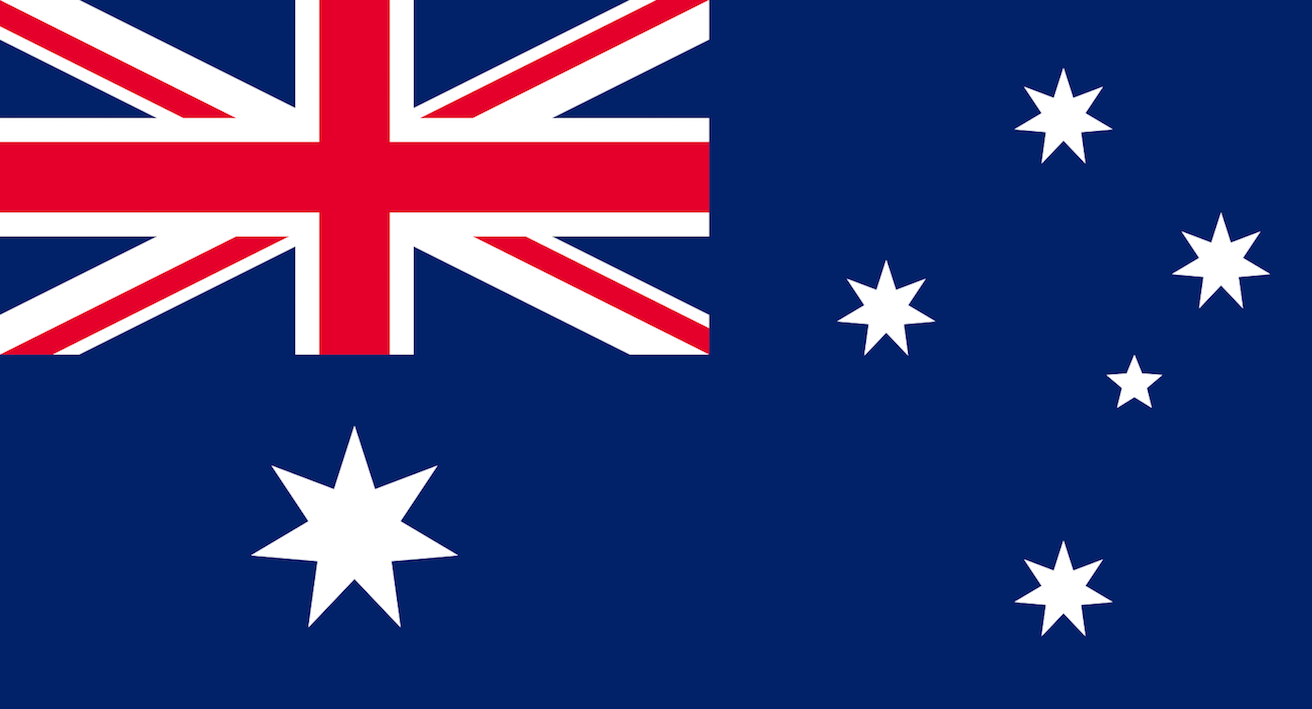
Leave A Comment